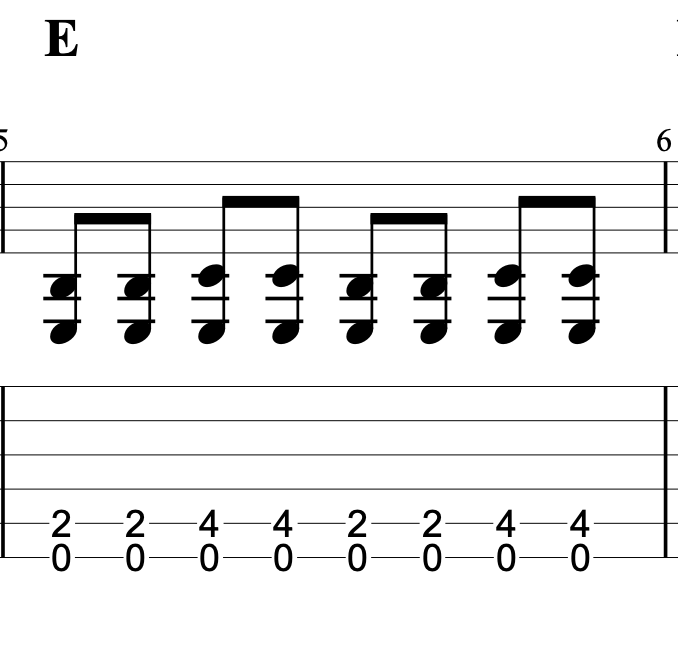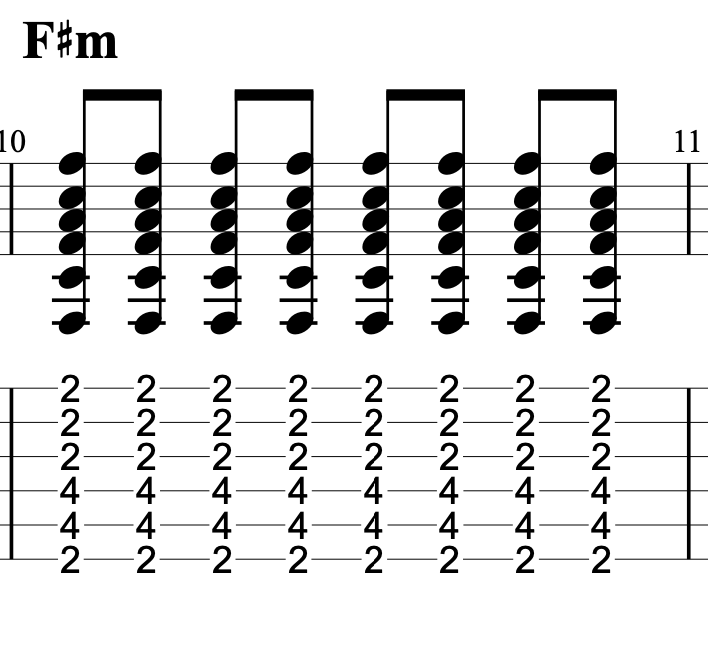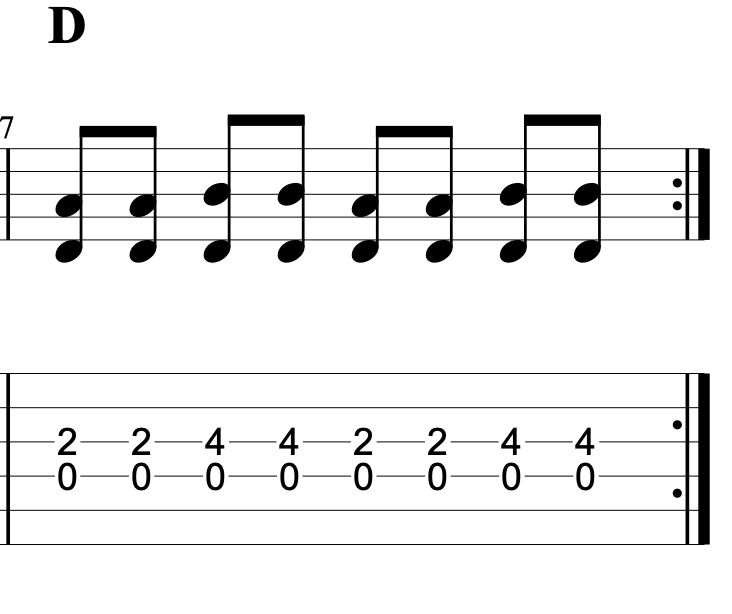Life by the Drop Guitar Lesson (Stevie Ray Vaughan)
If you’re looking to improve your 12-string blues guitar playing, look no further than this ‘Life By The Drop’ guitar lesson. In this post, I’ll share with you how to play the version of the song as recorded by Stevie Ray Vaughan. Vaughan’s recording was done on a 12-string acoustic guitar, and it is chock full of incredible blues guitar techniques, chords, scales, and concepts you can steal and add to your own guitar playing.
Who wrote Life By The Drop?
The original writer of “Life By The Drop” was Doyle Bramhall. Bramhall was a neighborhood friend of Vaughan’s in West Dallas, Texas. Brahmhall was a drummer and singer, but he never achieved the same success as Vaughan. However, later he did record an album with the Vaughan Brothers called Family Style. and he had two successful solo albums.
What tuning is Life By The Drop?
While a lot of guitar players may feel this song is in an alternate tuning, it is actually in standard tuning (E,A,D,G,B,E). The combination of the 12-string guitar and Vaughan’s incredible playing techniques is what makes it tough to get a similar sound.
Life By The Drop Guitar Chords
To play “Life By The Drop” you essentially only need 4 chords, A, E, D, F#m.
Here are some sample chord voicings to get started.
For A play this:

For E play this:

For D play this:

And finally, for F#m play this:

While this song is very blues based it actually does not follow a typical 12-bar blues chord progression common to many other blues songs.
How do you play the intro to Life By The Drop?
The song kicks off with Vaughan coming in boldly playing a blues lick in the open position in the key of A. The primary rhythm used in this lick is a triplet rhythm. I like to refer to this as the “Texas Triplet” and here is an example of what it can sound like:

The primary scale Vaughan uses to create riffs like this is the Am blues scale. This scale gets a bluesy gritty sound against the A major chord. The key of “Life By The Drop” is A major, so he is using a minor scale against a major chord which is crucial to getting that classic bluesy sound.
Here is an example of the A minor blues scale played one octave in the open position.

This scale uses the notes A, C, D, D#, and E. It’s a 6 note scale and could also be though of in frets and strings like this:
5th string frets = 0, 3
4th string frets = 0, 1, 2
3rd string frets = 0, 2
So the scale starts and ends on the same note A.
Practice this scale and then go back to the lick above and notice how all of the notes from the lick can be grouped into just these 6 notes. But Vaughan didn’t just run up and down the scale he combined the notes in a brilliant way to create a soulful blues lick.
How do you play the Rhythm to Life By The Drop?
One of the super fun things about this song is that it is very blues-based, but it does not follow a strict 12-bar blues chord progression, "Crossroads," or "Call Me The Breeze," other great blues' in A major to know. In this one, you have a basic progression for the verse that goes, A, E, F#m, D with each chord lasting one bar. However, instead of just strumming the chords Vaughan uses a blues shuffle rhythm pattern. He plays this rhythm pattern on the A, E, and D chords. These three chords are the I, IV, and V chords in the key of A major.
Here’s an example of how he would approach the rhythm:

Then on the E chord, you can move the pattern down one string set like this:

When he gets to the F#m chord he would often play just the straight bar chord and strum. Hit: Watch the video above to learn the bass-note stum pattern variation. This is where you alternate hitting the bass strings with the treble strings, and it creates the allure of multiple guitars.

Then finally, on the D chord you can shift up to the higher strings and play this:

Stevie Ray Vaughan’s Secret Sauce
The final secret to mastering "Life By The Drop" is a technique that is often overlooked but essential to achieve the same swing and rhythm as Vaughan
A lot of players just do this technique automatically and don’t talk about it, while others think they are doing it but are nowhere close.
The technique is a type of muting. What Vaughan actually did when he was playing the blues shuffle rhythm pattern from the verse, was mute in between each 8th note strum. This is achieved by the fretting hand and strum hand muting in combination. Primarily the strum hand fingers come back onto the strings with the pick and rest after strumming. This is what classical guitar players refer to as a rest stroke. However, Jimmy Reed and many other great blues guitar players before Vaughan used this same technique in their rhythms. I would consider this one a must-know technique for any blues guitar player.
Conclusion
Vaughan’s recording of “Life by the Drop" is a timeless blues classic for 12-string guitar. It's a unique and challenging tune for any blues guitarist to master. However, this comprehensive guitar lesson takes you through the chords, licks, strumming patterns, and picking techniques to learn to play it with confidence and skill. To keep expanding your blues skills head on over to this "Catfish Blues" guitar lesson next.
Like this blog post? Get Jon’s best guitar lessons straight to your inbox.
